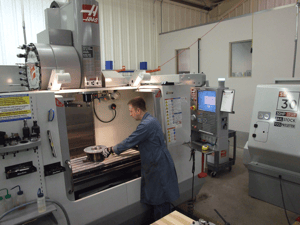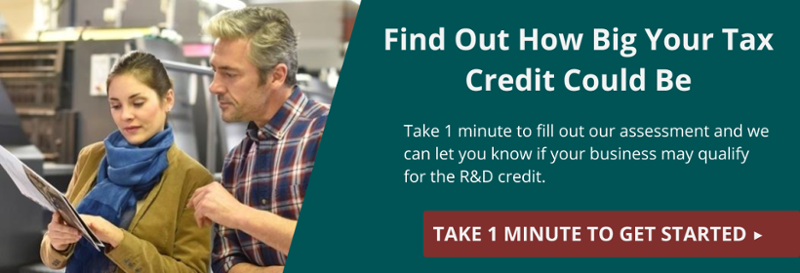 No matter how well you plan something, you still don't really know how it's going to go until you give it a try. That's why manufacturers use trial production runs to identify any issues within the production line before scaling for the desired yield.
No matter how well you plan something, you still don't really know how it's going to go until you give it a try. That's why manufacturers use trial production runs to identify any issues within the production line before scaling for the desired yield.
Trial production run procedures can uncover any number of issues, from tooling problems to quality concerns. But, did you know that the work you complete during these trials could qualify for R&D tax credits? Here's a look at how the steps of a trial production run could yield more than just production insights.
Read here how one manufacturer was able to achieve $6K+ savings per hour invested in their study
Trial Production Procedures
Trial production runs are essential for making sure products are manufactured to your client's expectations. The trials allow for inspections and reviews to determine not only if the product is of sufficient quality, but also whether your manufacturing processes are being executed efficiently.
The primary goal of your trial production run procedures should be to improve the tools and equipment used on the production line as much as possible. You should also analyze the work instructions for the line to make sure communication is clear and accurate as these problems often aren't revealed until a trial run takes place.
To do this, you'll need to bring in quality assurance engineers, key development personnel, line supervisors, and possibly original equipment manufacturer personnel as well. By including multiple perspectives in your production line review, you can be sure the data you collect is complete and paints an accurate portrait of the production line issues that need to be resolved.
First Yield Rate
One of the most useful metrics in any trial production run procedure is the first pass yield rate. This measures the number of parts produced during a production run that don't require reworking. While the goal will always be a 100% first pass yield, that isn't usually the case. The work you do adjusting the production line (tools, equipment, processes, etc.) to bring that yield rate closer to perfection could potentially qualify for valuable tax credits.
Qualified Activities
When it comes to trial production run procedures, it's fairly simple to determine what will qualify for R&D tax credits. Essentially, any first manufacturing run that allows personnel to check for and address production issues would qualify for credits. Conversely, any repeat orders of existing products with no design or revision changes would not qualify.
Activities undertaken by all personnel (including engineers, tooling experts, quality department personnel, etc.) involved in trial production run procedures will likely qualify for tax credits. But to be certain, make sure you use the Four-Part Test to check if activities meet the qualifying criteria.
Seize Every Opportunity
Despite your best efforts to solve problems during the design and proof of concept stages, your production procedures may still have issues that go unnoticed. That's why the trial process is so critical for ensuring an efficient and profitable final production run.
But what's most critical for your business is taking advantage of every opportunity to save money and improve your bottom line. By effectively documenting your trial production run procedures, you can start earning tax credits for the processes you already have in place and use that money to reinvest in your business.





